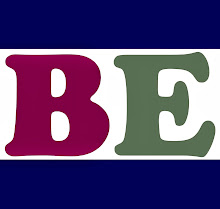William S. Lind is an ex-marine and one of the best military thinkers of our time He describes the most important features of fourth generation warfare.
One major change is that strong nations find themselves fighting against a variety of ambiguous and shadowy non-state entities that blend into the background like a leopard.- The state loses its monopoly on war. All over the world, state militaries find themselves fighting non-state opponents, such as al-Qaeda, Hamas, Hezbollah, and the FARC.
- Cultures are in conflict. Not only are these organisations not states, they are shaped by a religious or cultural disctinctive.
A 4GW is likely to be widely dispersed and largely undefined. - The distinction between war and peace will be blurred to the vanishing point Often their will be no definable battlefields or fronts.
- The distinction between "civilian" and "military" may disappear. 4GW combatants melt into the background like a leopard.
Traditional military forces are poorly equipped to deal with 4GW.- 4GW focuses on undermining an opponent’s strengths and exploiting their weaknesses.
Third generation military establishments are confused, because 4GW uses methods that are asymmetrically different from their usual mode of operation.- 4GW combatants choose attacks that achieve the maximum possible psychological impact with the minimum investment. 9/11 is a good example
- The goal is to collapse the enemy from within, because the 4GW group is not capable of destroying them physically.
- Targets will include such things as the population's support for the war and the enemy's culture.
- Correct identification of enemy strategic centers of gravity will be highly important.
- Actions will occur concurrently throughout all participants' depth, including their society as a cultural entity.
- Powerful weapons and bombs are ineffective against 4GW combatants, because they kill civilians and destroy homes. This just recruits more people to the 4GW cause.


No comments:
Post a Comment